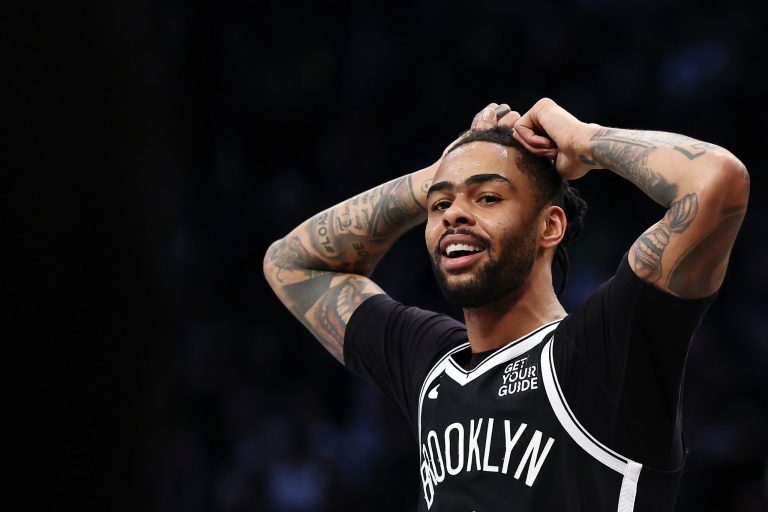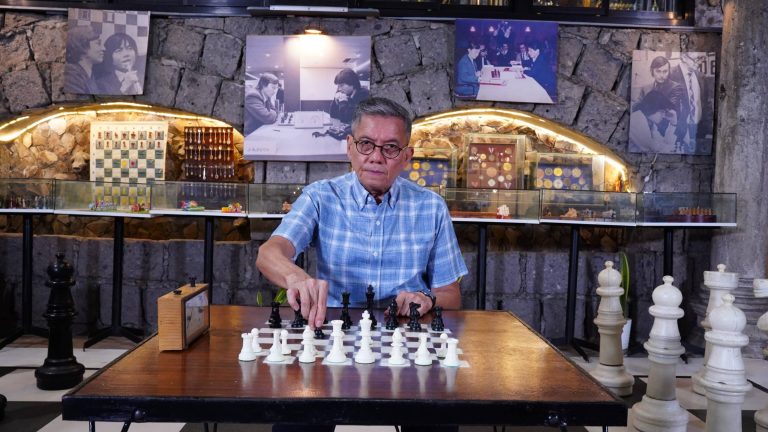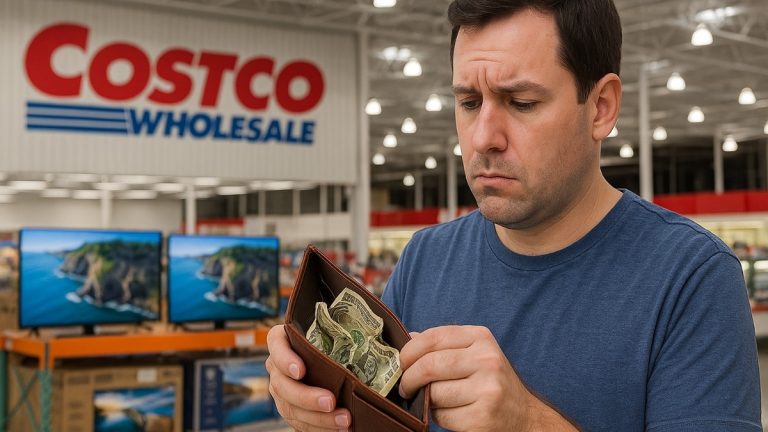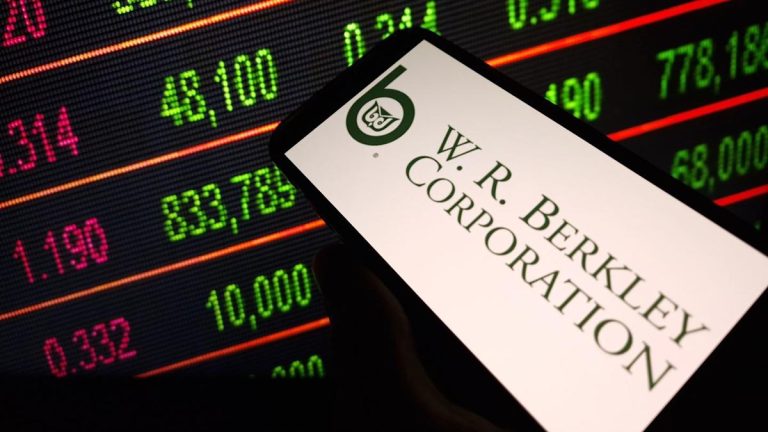We’ve all heard about the boy who cried wolf, but we also have an NRL version: players who cried high shot. Well, that’s how, at least, some fans have come to believe it.
Milking penalties are not a new thing, nor is gamesmanship. Just remember some of the stuff Tommy Raudonikis came up with to gain an advantage.
Then there are teams going slow and players getting cramps to wind down the clock at the end of games – not to mention the feigning injuries.
Ever since the NRL introduced a no-tolerance approach to head contact, and the infamous crackdown of Magic Round (which could be making a comeback), players have been trying to stay down long enough after high contact to ensure the Bunker can see any potential foul play and give a penalty – if not a sin bin.
But the amount of criticism that Charnze Nicoll-Klokstad copped for staying down at the end of the Warriors’ win over the Wests Tigers was unwarranted and unfair. The Campbelltown crowd booed the fullback as he was being given a medical check, accusing him of deliberately playing for the game-defining penalty.
Had that moment happened earlier in the game or at the other end of the field, very little would have been said about the moment or the accusations of him ‘diving’ or ‘milking’.
He would not have had to have come out and defended himself or justified his actions.
In fact, earlier in that same game, Sunia Turuva was accused by the Fox Sports commentators of the same thing before getting to his feet and playing the ball.
The contact wasn’t as direct as the Alex Seyfarth tackle, but the effects on the Tigers winger were enough that he had to leave the field. Not by orders of the independent doctor, but the sideline commentator confirmed the Wests Tigers removed him for a HIA of their own accord because they were worried about him.
While Turuva’s contact was not direct, rather a more whiplash from shoulder or neck contact, Seyfarth was charged and fined by the Match Review Panel, so it was an actual offence, not just an on-field penalty.
There was genuine foul play under the letter of the law, so the only part in question was whether CNK deliberately faked the level to which he was hurt in order for the Bunker to step in and award the penalty. No one is in a position to tell one way or another.
Fans are so used to seeing the visual imagery of a tackle and point of impact from dozens of angles and making up their own assessment from their living rooms or bar room stools whether a player should or should not be genuinely hurt. Things like team bias and judgment come into it that cloud objectivity.
The referees are also in between a rock and a hard place – the rules state any head contact needs to be sanctioned.
The NRL memo to clubs just this week proved that the officials are not in a position to show discretion or turn a blind eye. If they see anything above the shoulders, they have to penalise it, even if they think there was an element of exaggeration.
There are several questionable moments every weekend where players seem to magically have a remarkable recovery, springing back to life the exact moment that a penalty is given. So, really, what can actually be done about milking – how can it be effectively punished and deterred?
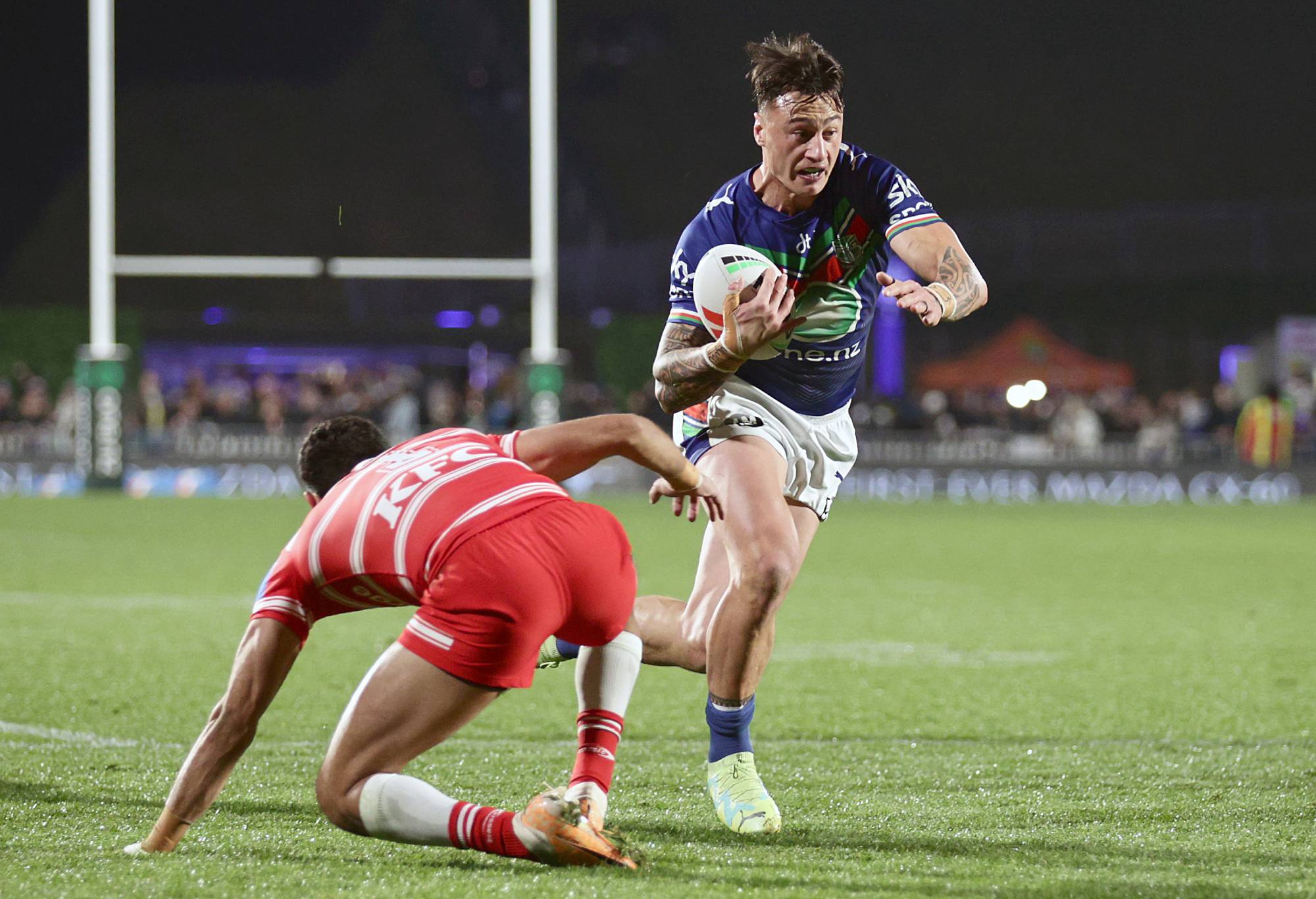
(Photo by Dave Rowland/Getty Images)
The common idea is that the player seen to be ‘faking’ an injury is sent for a HIA along with the player sin binned or penalised. But where’s the incentive to stop lying down?
A team gets a free interchange and the player time to rest off of the field – or in CNK’s situation, even if he was faking, there wouldn’t have been much deterrent as New Zealand would have had the two points from the penalty goal and only less than eight minutes without him (he would have been replaced).
Players are going to keep on doing it, and especially more now that the referees are going to be pedantically watching every tackle for the slightest of contact under the instruction of the NRL headquarters.
There is even planning by teams to exploit this, with Melbourne admitting in 2021 after an incident in the Storm’s clash with the Roosters where Cameron Munster was taken high by Victor Radley – albeit before the formal HIA time limits came into force.
The Storm five-eighth was caught around the neck, falling to the ground heavily and appearing to be heavily concussed – only to spring to his feet once the penalty was given, running to the sideline and then back onto the field 30 seconds later.
Commentator Corey Parker commented at the time: “When I first saw it live, I thought he was out cold”, but the club conceded it was just acting.
“Munster was a tactical one,” Storm general manager Frank Ponissi, admitted to the Daily Telegraph back in 2021. “There was nothing wrong with him. He said Radley hardly got him. To be brutally honest we were surprised Radley was sin-binned.”
The Roosters forward was sin-binned and later hit with a Grade 2 careless high tackle charge – but how much of that was down to Munster’s acting?
The problem, as mentioned, separating the genuine injuries from the faking is almost impossible. If a player is genuinely hurt, due care and consideration – even if it is a few seconds to collect their breath- has to be given to the player.
This has gone unnoticed in years gone by before the HIA system because a small stumble or taking longer to stand wasn’t going to lead to Bunker intervention. Now, the video officials have no choice – their jobs are on the line if they don’t report it.
No fan or official watching vision alone can tell when a player is genuinely injured – and the speed to which they recover – the same way that no one in wider society can tell whether another has a mental illness or is depressed. But with the expectation of a penalty for any high contact, it is unfortunately opening the door for sometimes over-exaggeration to ensure penalties are seen.
Perhaps we just have to get used to it being a necessary evil and give players like Nicoll-Klokstad the benefit of the doubt before throwing stones.
Granted, it is going to make for hard viewing at times, especially during the next few weeks of this supposed crackdown if players continue to exploit these rules.

